Review: Golden Age Premier GA-47 and GA-251
Golden Age’s latest mics are recreations of two classics from Neumann and Telefunken. But are the Premiers worth the premium price?
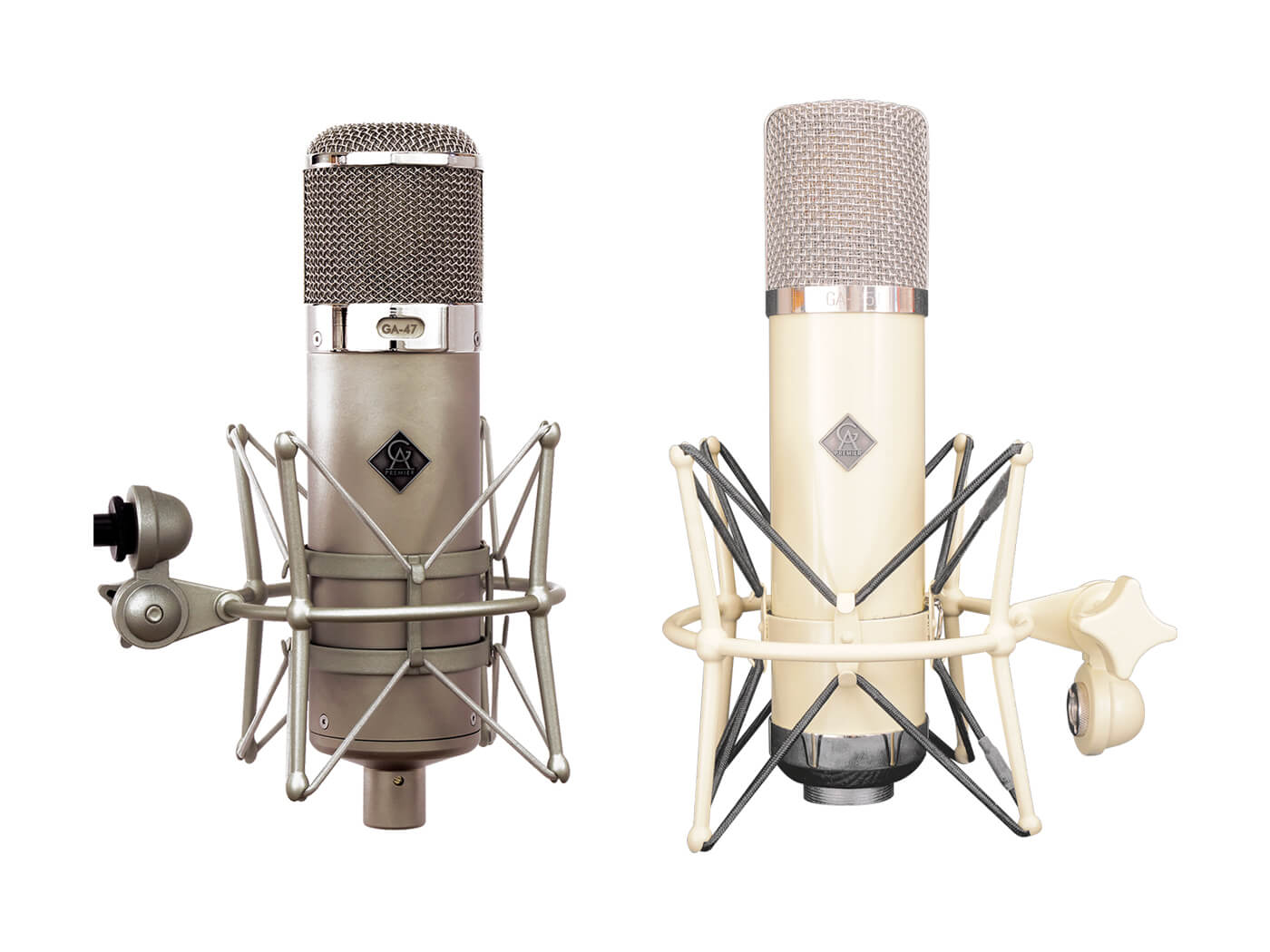

Price £1,265 & £1,495
Contact Golden Age
GA-47 and GA-251 key features:
- Brass body and iron grille
- Specially selected capsule
- New Old Stock (NOS) valves
- Premium capacitors and resistors
- Cardioid and omni polar patterns
- Bespoke power supply and cable
- Solid-wood box
- Tweed-style flight case
Golden Age Premier is, as the name suggests, the premium range of Bo Medin’s Golden Age Project brand. Bo is a vintage-gear aficionado, specialising in superb, affordable reworkings of classic pro-audio designs. We’ve reviewed several GAP units, including the Neve-style mic preamps and Teletronix-type compressors. The last GAP product we tested was the R1 ST stereo ribbon mic, which impressed all of us at Invada Studios so much that we bought it.
Now, GAP has gone upmarket, with these top-quality recreations of two vintage valve microphones, the Neumann U 47 and Telefunken ELA M 251. While the price of these new microphones reflects the high quality of the components used and hands-on construction techniques, they still represent excellent value for money, especially when you consider the prohibitive cost of mint originals. (Well into five figures, should you ask.)
These new GAP mics have several things in common. Both come housed in a sturdy wooden box, which, along with the power supply, shockmount and bespoke cable, are contained in a vintage-style tweed-effect flightcase. The mic’s bodies are made of brass and the grilles are made of iron.
They’re handmade in small batches of 50 units per production run, with point-to-point wiring using silver-plated wire and Mundorf M-Solder Supreme Silver/Gold solder. GAP has very tight tolerances in the selection of each mic’s capsule, with around 200 evaluated to find the best 50. Each mic has its own serial number.
The mics in detail
The GA-47 makes use of an NOS Telefunken 800 Series super-low-noise pentode valve, connected in Triode mode to minimises both noise and distortion. The capsule has been designed to mix the characteristics of a vintage K47 and a K67, offering both cardioid and omni-directional polar patterns.
Faithful to the design of the original U 47, there’s no coupling capacitor between the capsule and the valve, which means it’s not possible to employ a figure-8 polar pattern. The GA-47 can be modified for figure-8 operation with the addition of a coupling capacitor in this position; however, GAP points out that this modification will degrade sound quality.
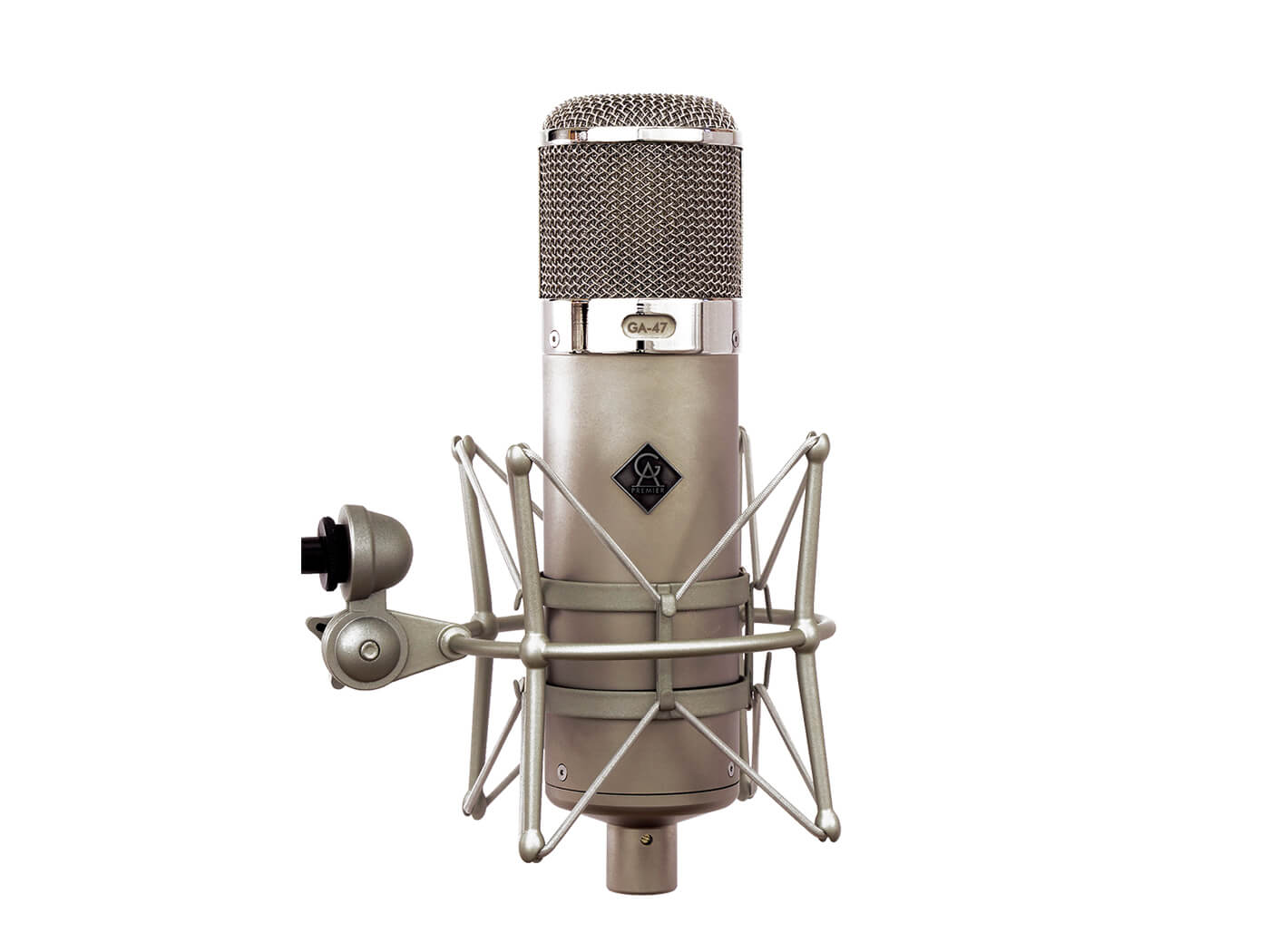
The coupling capacitor used in the GA-47 is a premium UK component, while MIAL polystyrene film capacitors are used elsewhere in the circuit; the resistors are made by Allen Bradley in the USA, chosen for their warm sound. The output transformer uses a high-quality core material to replicate the performance of the BV8 transformer found in the original U 47.
GAP has produced an authentic, vintage-style power supply, which connects to the mic via a substantial cable constructed from 99.99% pure oxygen-free copper with Teflon insulation and gold-plated connectors. The switch to select cardioid or omni polar pattern is situated here, allowing for remote operation if desired.
A similar PSU and cable is supplied with the GA-251. This mic is longer bodied than the GA-47 and finished in a lovely vintage-cream colour with a matching shockmount. The valve used is also an NOS item, this time a 5840W super low-noise pentode from Philips. Like the Telefunken tube used in the GA-47, it’s connected in Triode mode to achieve a lower noise floor.
A high-resolution output transformer made from permalloy steel sheet and enamelled wire features a 10:1 AMI-style dual-bobbin transformer. All capacitors and resistors are premium-quality items from France, Japan and the USA, including an NOS Siemens capsule capacitor made from antique-grade polystyrene.
One bright, one accurate
Before serious listening commences, both mics are set up and each PSU switched on for 30 minutes before auditioning. With microphones as finely tuned as these, it’s better not to use them straight from the box, especially if they’ve come from a different environment. Like a fine red wine taken from a cellar, each needs to reach room temperature before it’s ready. Also, valves like a warm-up period before use.
I use the GA-47 to record some acoustic guitar without any EQ or compression, then repeat the test with the GA-251 in exactly the same position. Both mics are fed through our Thermionic Culture Earlybird mic pre, preserving the all-valve integrity of the signal path. Comparing the two recordings reveals not only that both mics possess a full-bodied, expansive sound, but they also each have a distinct sonic character.
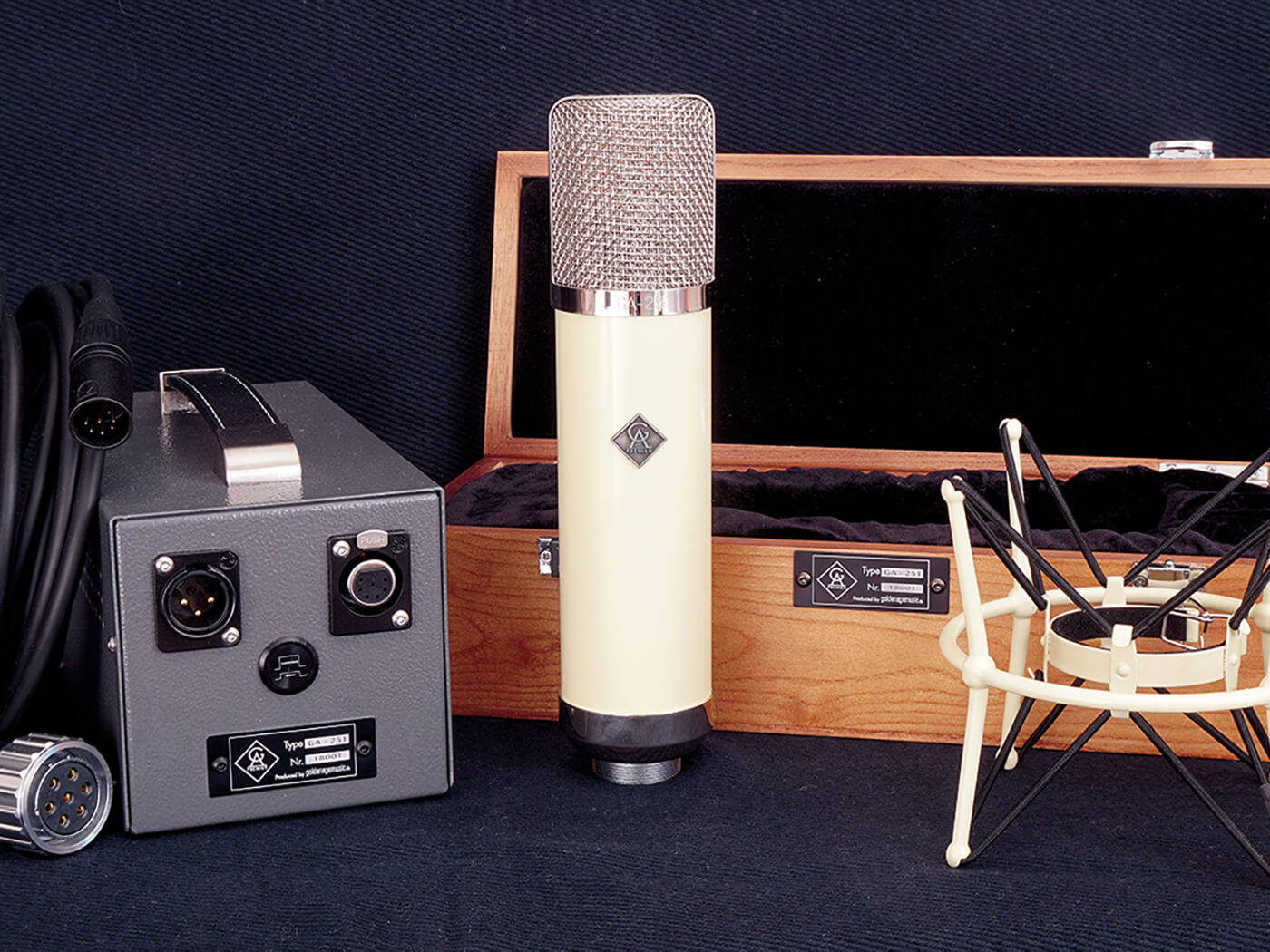
The GA-47 has a more prominent upper midrange, highlighting the percussive sound of plectrum against strings, while the GA-251 sounds more rounded in the broad midrange. Both mics have excellent high-frequency extension, though the sense of air and space is more obvious in the GA-251, as my attention isn’t drawn to the treble region in general. In cardioid mode, the GA-47 sounds more tightly focused on the guitar, while the GA-251 picks up more of the room sound.
Moving onto vocals, the brighter-sounding GA-47 adds presence which, treated with some compression, helps lead vocals cut through a mix with added bite. By way of contrast, the GA-251 sounds flatter, without the extra degree of excitement the GA-47 brings to the party. With its more natural presentation, the GA-251 responds better to certain favourite vocal EQ boosts of mine (the presence boost on our Freebird valve equaliser, for example); the GA-47 almost seems to have a built-in presence boost.
Using both mics on a Fender Bassman cabinet, the differences in character are noticeable. There’s low-end heft aplenty with both mics, but the GA-47 is not quite as fulsome in the lower midrange, emphasising the more gnarly aspects of the bass-guitar sound. This can be used to advantage, especially if the sound is a little thick and muddy. Our Neumann U 47 FET also has this characteristic, which is why it sounds so good on bass drums, removing low-mid muddiness. The GA-47, however is a degree sweeter in the upper frequencies than the solid-state model.
Throughout the time spent with these microphones, they both perform brilliantly. I prefer the GA-47 on electric guitars and other instruments and voices where an injection of zest is needed. The GA-251 has a more even-handed nature, sounding more faithful to acoustic instruments.
Many potential users will want one of these microphones as their main vocal mic and both are well up to the job. The GA-251 is the more accurate-sounding of the two, yet the GA 47 has a more exciting sound. Either model could be the crowning glory of your microphone collection.
Do I really need this?
Unless you’re involved solely with instrumental music produced exclusively in the box, you’ll need at least one high-quality microphone. These GAP microphones have a world-class sound and though they’re not bargain-basement products, they offer astonishingly good bang for buck. Their vintage styling is timeless and this visual appeal will give your setup a classic and classy appearance. This can have a positive effect when attempting to produce a perfect take from a vocalist.
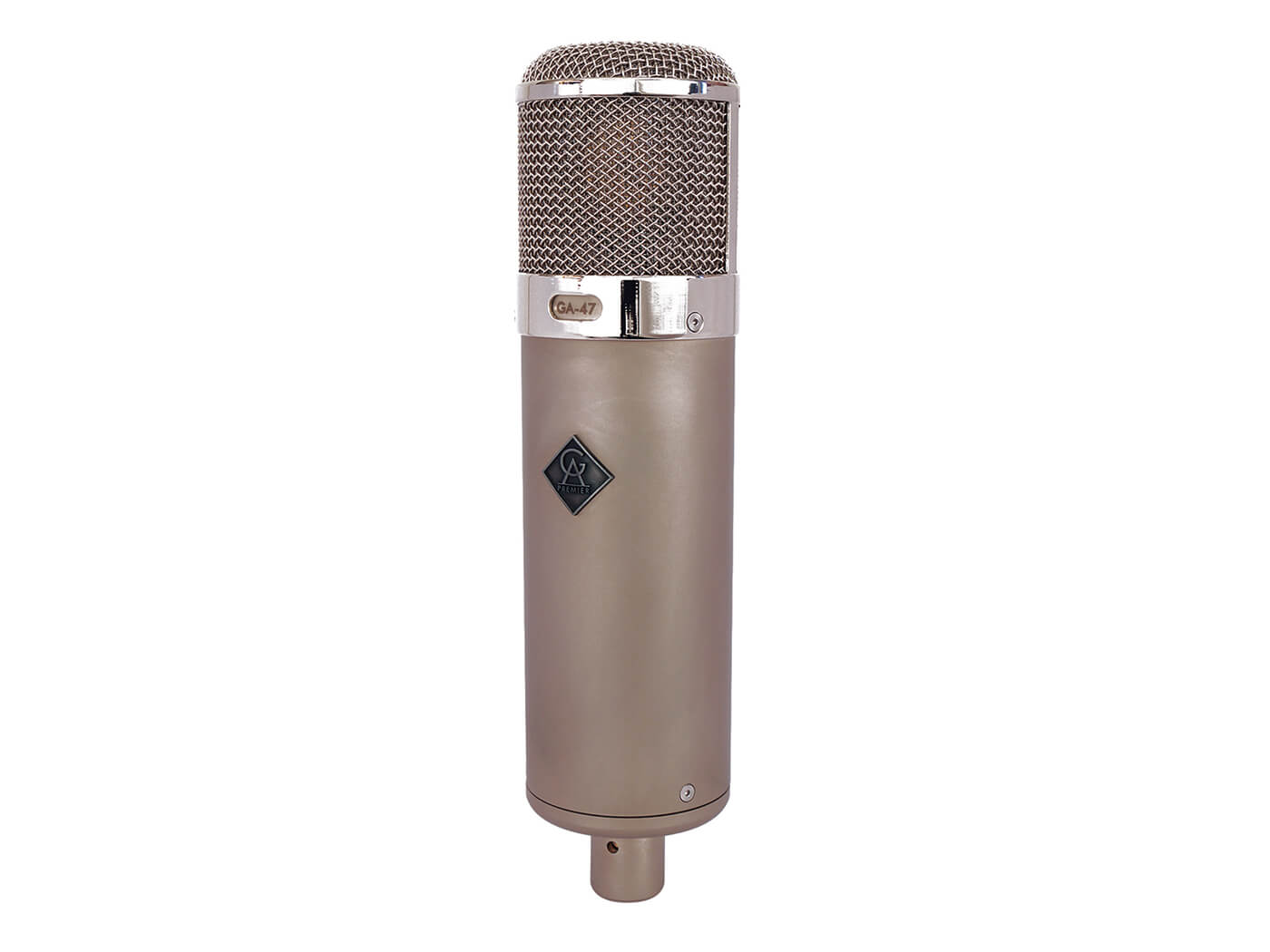
A singer using one of these mics will probably feel more inspired than if they have to use a battered SM58. Those producing classic rock and pop will love the added presence and excitement the GA-47 delivers, while those involved with more natural-sounding music – singer/songwriters or acoustic jazz, for example – may prefer the more accurate and transparent nature of the GA-251.
Alternatives
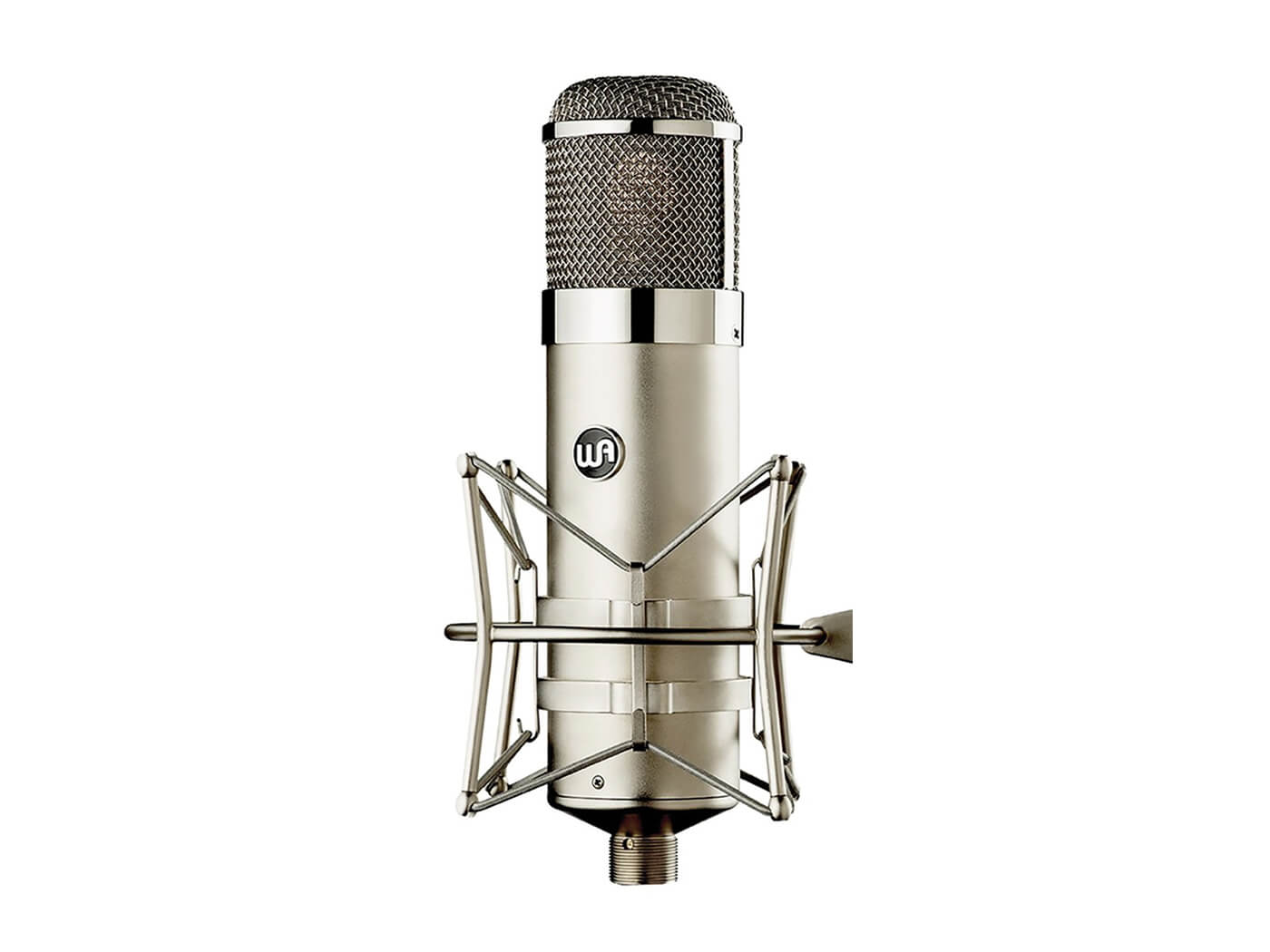
Warm Audio
WA-47 £899
Though not as faithful to the original design as the GAP, it is more versatile. There are nine polar patterns on offer: cardioid, omni, figure-8 and six mixed patterns. It comes with its own PSU, shockmount and wooden box but lacks a flightcase.
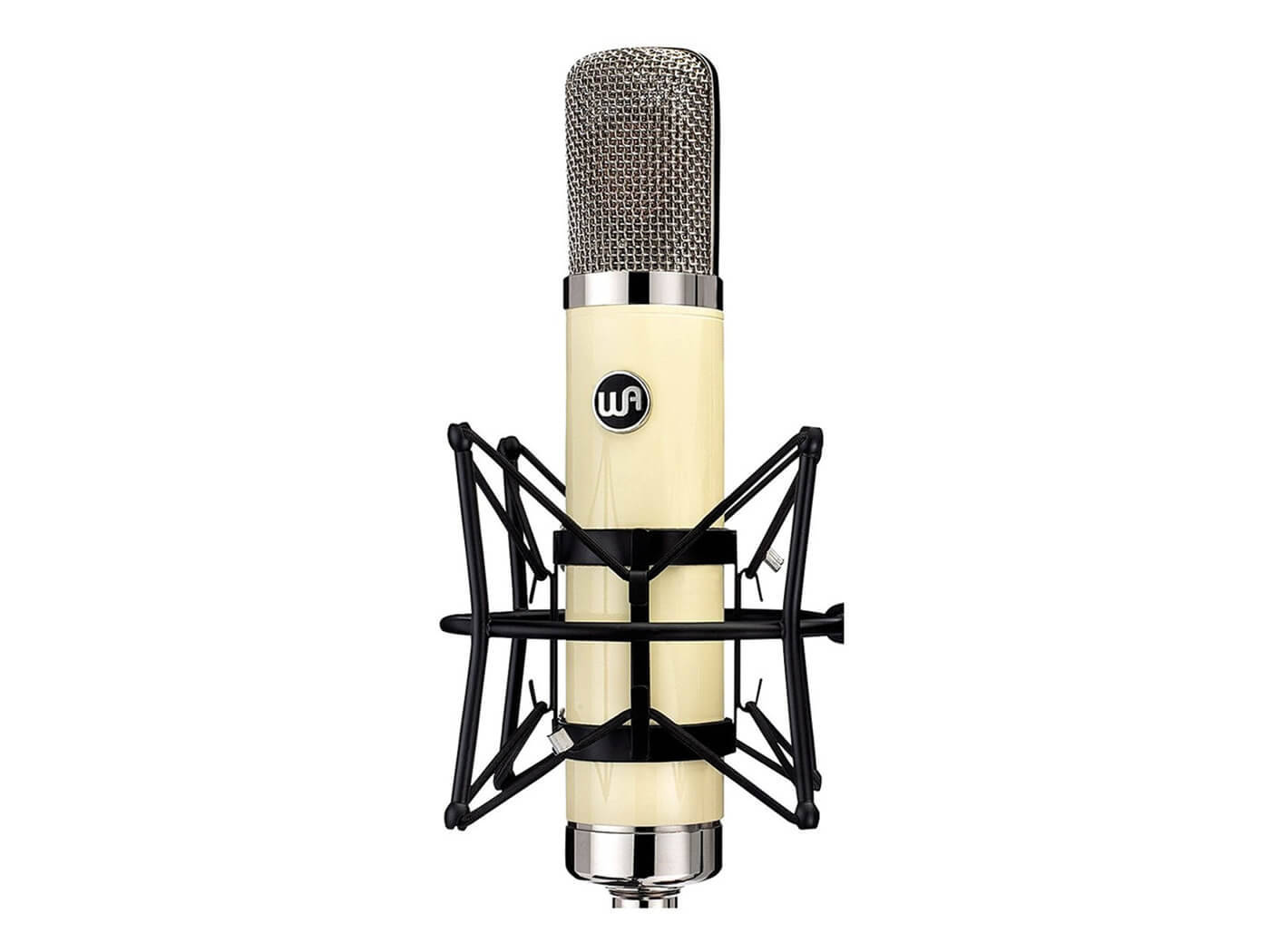
Warm Audio
WA-251 £785
With a custom all-brass vintage CK12 style capsule and Slovak Republic JJ12AY7 vacuum tube, this offers three polar patterns. Like the WA-47, it has a Gotham Audio seven-pin cable that connects to the psu.